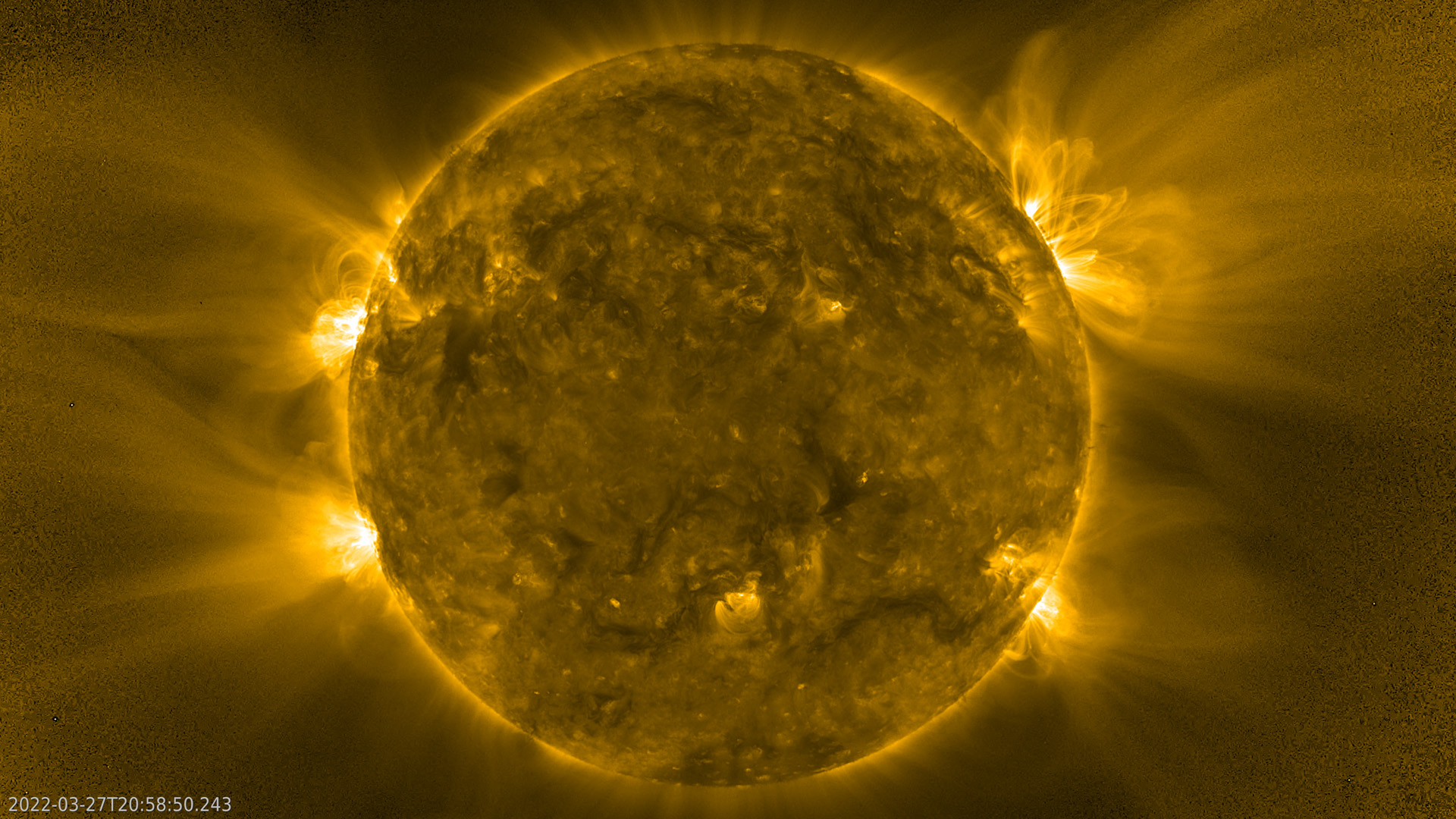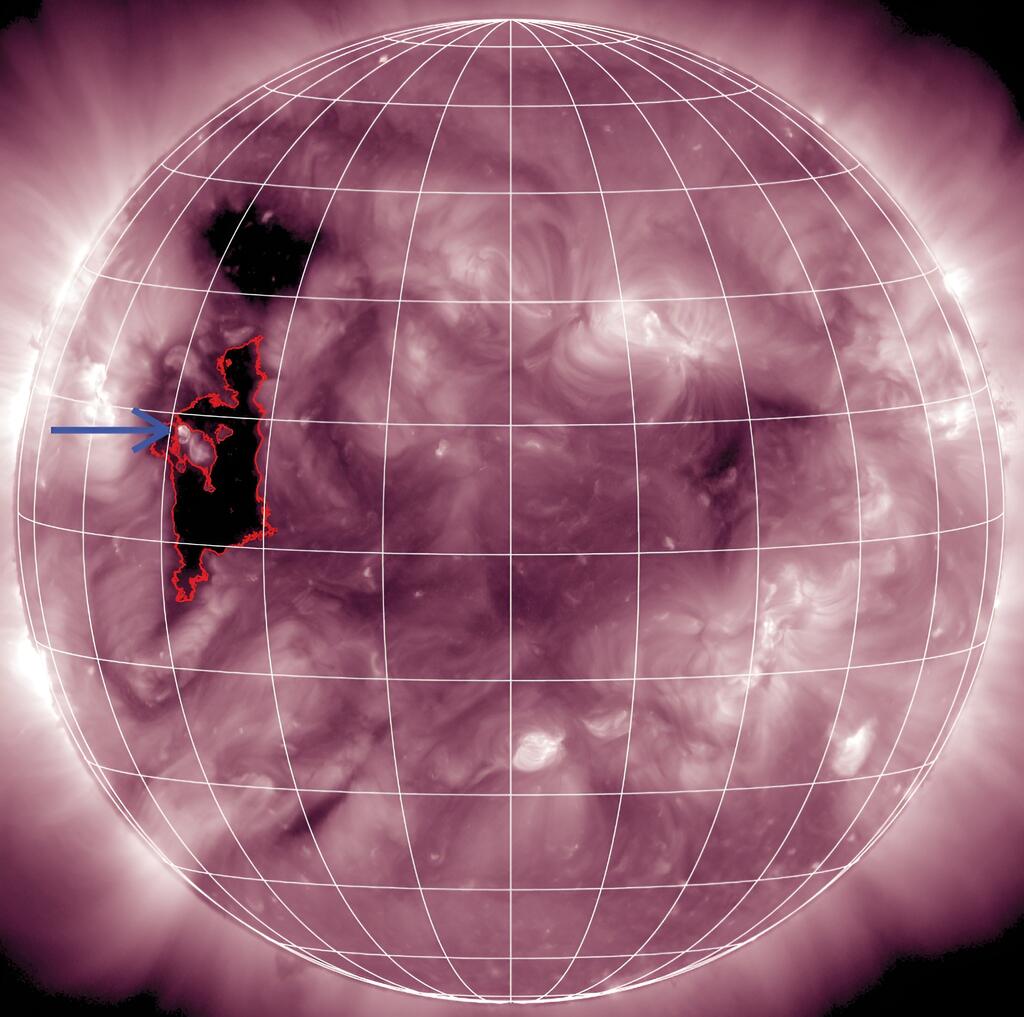
The sun just released a burst of a rare form of helium known as helium-3 (3He). What's peculiar is this lightweight, elusive isotope isn't usually seen in such high amounts.
"This rare isotope, which is lighter than the more common 4He by just one neutron, is scarce in our solar system — found at a ratio of about one 3He ion per 2,500 4He ions," Radoslav Bucik, lead scientist at the Southwest Research Institute in the U.S., said in a statement. "However, solar jets appear to preferentially accelerate 3He to high speeds or energies, likely due to its unique charge-to-mass ratio."
On Earth, 3He is highly prized for its potential uses in nuclear fusion, clean energy research, cryogenics, quantum computing and even medical imaging and neutron detection. It is, however, far more abundant on the moon because, unlike Earth, the moon lacks a magnetic field, which would normally deflect particles from the sun — including 3He. By contrast, these particles settle on the surface of the moon, providing a potential lunar supply that has sparked growing interest in harvesting initiatives for future energy and technology applications.
This recent surge of 3He particles was detected by the Solar Orbiter, a joint mission between NASA and the European Space Agency (ESA) designed to uncover the inner workings of our star. The spacecraft recorded a staggering 200,000-fold increase in 3He particles, which were accelerated to much higher speeds than typically seen with heavier elements.
NASA's Solar Dynamics Observatory (SDO), which has been monitoring the sun from Earth orbit since 2010, followed up on the event. Using high-resolution imaging, SDO traced the outburst back to a small solar jet erupting from a coronal hole — a region where the sun's magnetic field opens out into space. "Despite its tiny size, the jet was clearly linked," Bucik said.
What surprised scientists was that this small jet erupted from a region of the sun with a weak magnetic field — a trait more common in quiet solar areas than in the active, explosive regions typically associated with bursts of high-energy particles.
Although the exact mechanism behind the ejection of 3He remains a mystery, the finding supports earlier theories that these rare particles are more likely to be enriched in the sun's calmer, weakly magnetized zones.

Researchers think that in these quieter regions, subtle processes — like gentle waves or minimal turbulence — may create just the right conditions to boost 3He in a unique way.
Interestingly, the team observed an odd ion enhancement pattern, where the ionization or excitation of an element or molecule is increased by the presence of another. Typically, it would be expected that the jet would have ejected a greater abundance of heavier elements, such as iron, especially in regions with high ionization or excitation. However, the jet instead released more carbon, nitrogen, silicon and sulfur alongside helium, suggesting an unexpected process or interaction at play.
With only 19 similar events in the past 25 years, this rarity is significant, offering potential new insights into the underlying phenomena.







